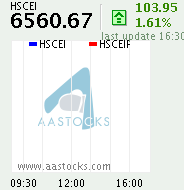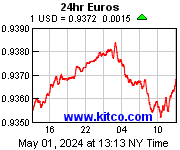How to avoid the coming back of the 30's great depression ?
 It recalls me one of the famous economists, Irving Fisher, living in the 30's economic great recession last century after Obama was elected as the US president. Obama said, "We are facing an economic crisis…We now risk falling into a deflationary spiral that could increase our massive debt even further."
It recalls me one of the famous economists, Irving Fisher, living in the 30's economic great recession last century after Obama was elected as the US president. Obama said, "We are facing an economic crisis…We now risk falling into a deflationary spiral that could increase our massive debt even further."Irving Fisher's assertion is surely relevant to the global economic slump today as the real burden of debt increases whilst the stocks and collaterals shrink in value. Income is dropping as well. The process of debt-repayment, the so-called deleverage, forces the outright asset sales and further driving the asset prices down. It is a vicious cycle that leads to desperate recessional spiral. Finally, the economy may brew into great depression for no immediate correction was acted to stop it.
In the 30's great depression, Irving Fisher wrote that, "Over investment and over speculation are often important; but they would have far less serious results were they not conducted with borrowed money. The very effort of individuals to lessen their burden of debts increases it, because of the mass effect of the stampede to liquidate…the more debtors pay, the more they owe."
Irving Fisher described "debt deflation" that deflation would increase the burden of debt. It is because following a sequence of panic selling of assets, the asset prices fall. As the asset prices drop further, more distress-selling will be triggered. With a decrease in the velocity of money circulation, dumping of assets and distrust as well as hoarding will be possible and leading to a further plunge. Cases of bankruptcy and bank runs may be resulted.
No doubt, it is the government and our decision-makers' role that could put a stop to the potential deflationary cycle and avoid economic catastrophe developed in the near future.
* ---In the early last century, Fisher asserted the quantity theory of money in "The Purchasing Power of Money" as related to the equation of exchange, which holds that M the supply of money multiples its V the velocity of circulation (the rate that a currency circulates in the economy) is equal to P the general price level times Y the real output; MV=PY. He explained how the change in M, V and P could cause real output and real interest rate be changed to a new equilibrium position that may cause the booms and busts of the economy.
See also at http://wongtc.blogspot.com/2009/02/blog-post_21.html











0 Comments:
發佈留言
<< Home